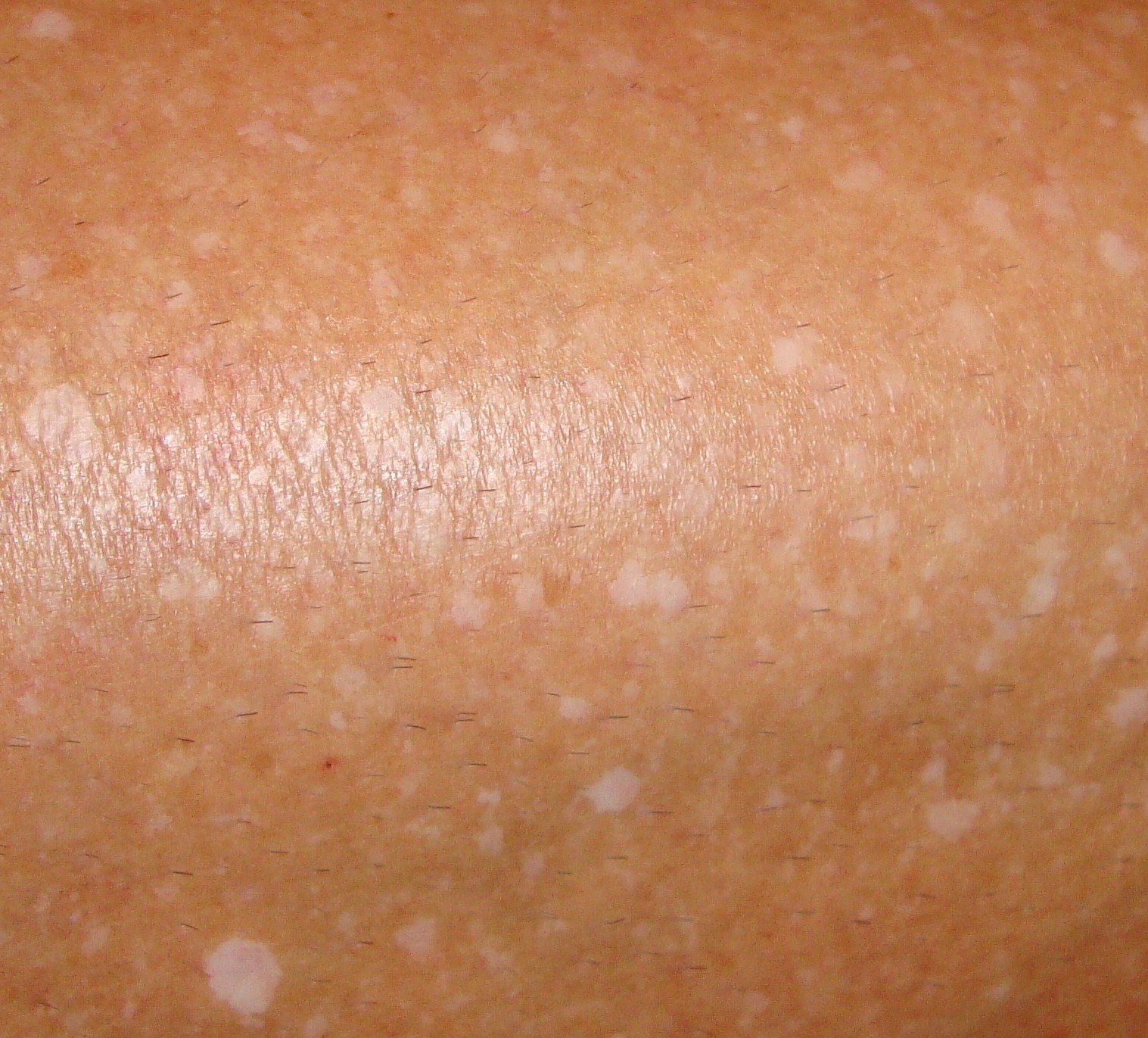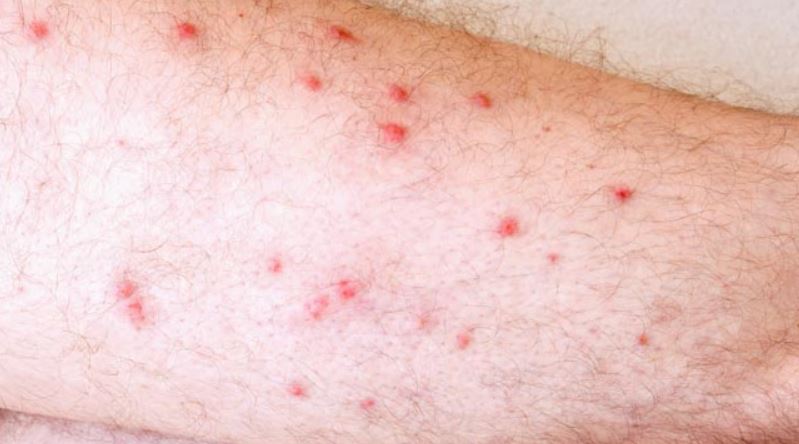

In summer the wood nettle blooms, with lacy strands of white flowers. Young leaves are densely covered with stinging hairs, while older leaves tend to have fewer of them, often located on the underside of the leaf. The leaves of the wood nettle plant are medium- to dark green, roughly oval-shaped, and serrated. It stands about 2 to 4 feet tall and has light- to medium-green stems covered with stiff, white hairs that sting if you rub against them. It is also a host plant for a number of insects and butterflies. It tends to grow in large, dense patches, which can provide cover for wildlife. Wood nettle is an herbaceous plant typically found in moist areas of woodlands.
BUMPS ON LEGS THAT ITCH OREGON HOW TO
RELATED: How to Treat Poison Ivy and Reduce Discomfort 2. Your doctor may prescribe other medication if the inflammation is severe, to either suppress your immune system or to help further reduce the reaction.

A strong corticosteroid skin cream or ointment can help with the inflammation. When it does, you’ll know it: You’ll see very red skin, swelling, and blisters, and you’ll feel a serious itch. Every part of the plant contains the compound called urushiol, which causes poison ivy’s notorious rash - the vine, the roots, the leaves, the flowers, and the berries.Ī poison ivy rash typically appears a few days after exposure, and can even take a week or two if this is your first time in contact with the plant. Poison ivy leaves grow in clusters of three on vines that can grow up into trees or trail along the ground. You can come into contact with it while hiking in the woods, but it grows virtually everywhere - along roadsides, on fences, in backyards.

Poison ivy is found across the United States.


 0 kommentar(er)
0 kommentar(er)
